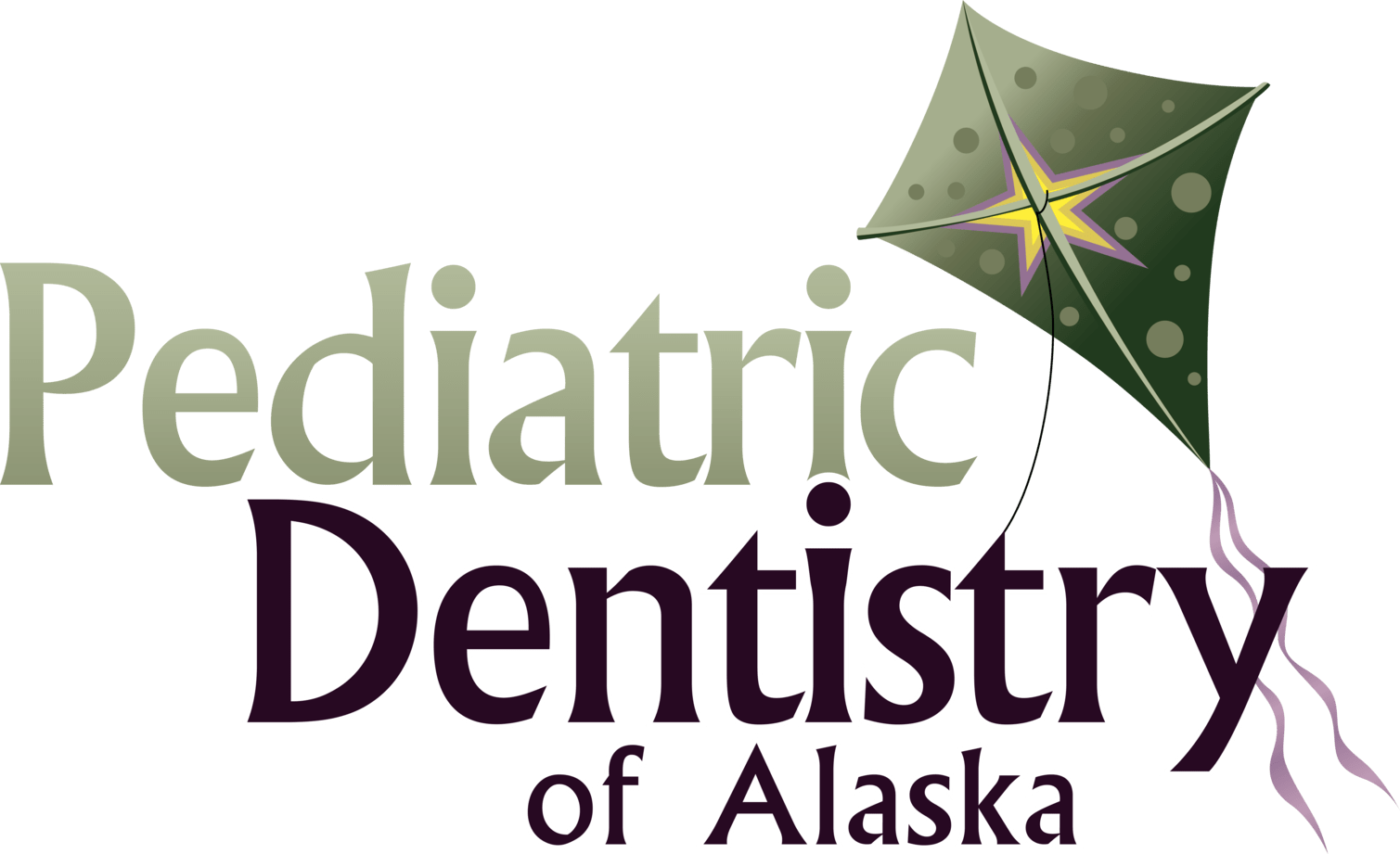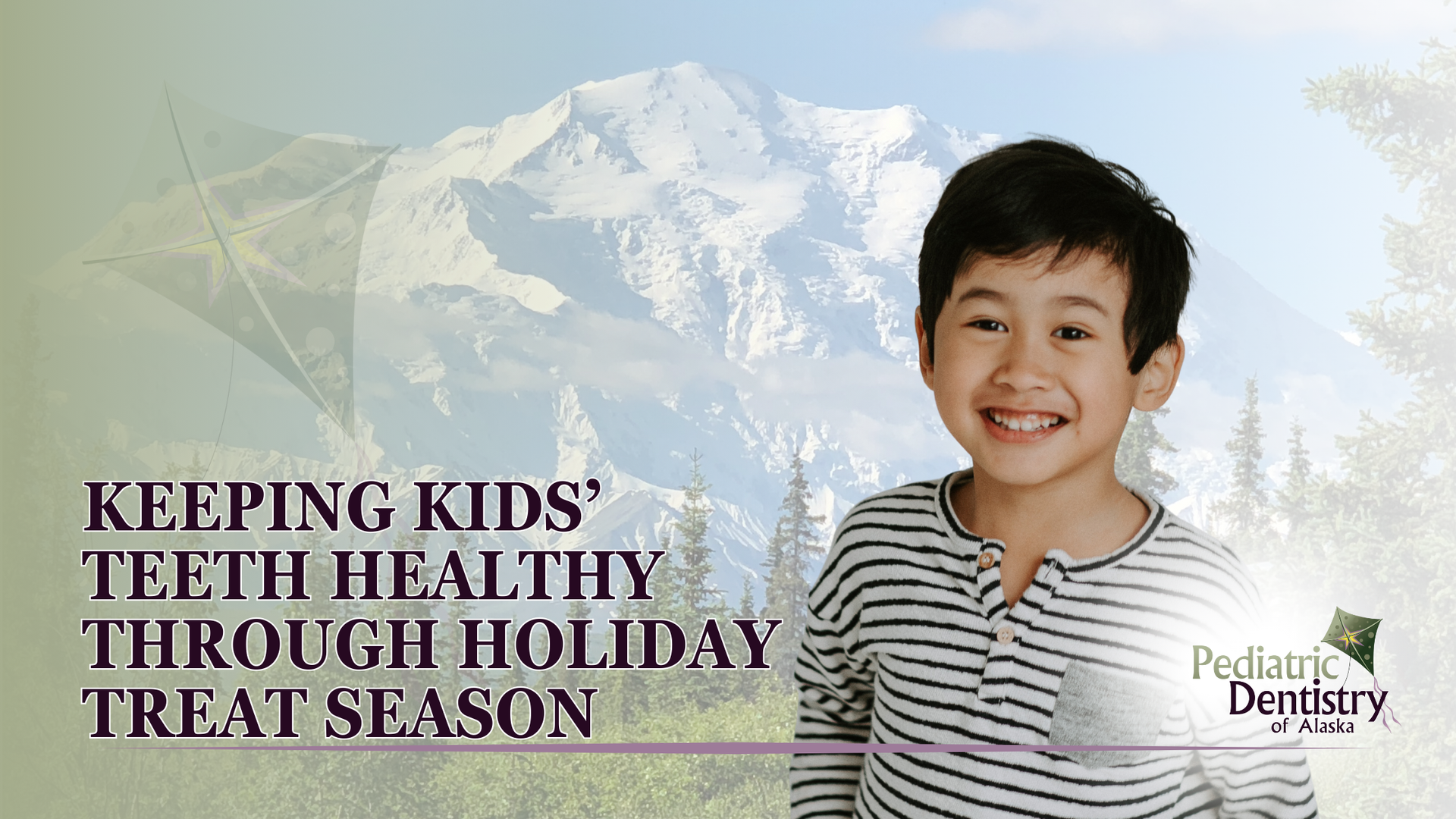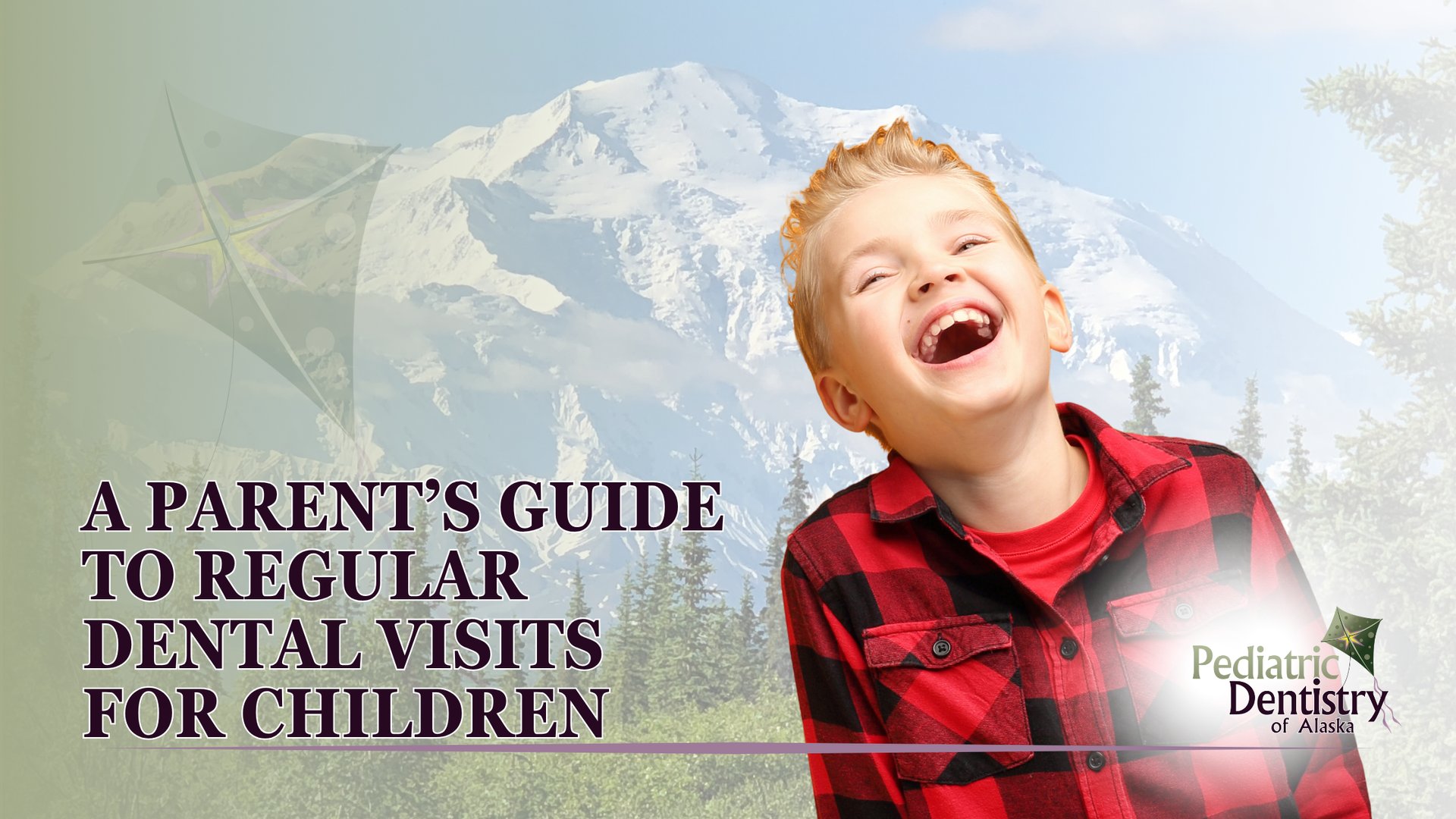Sedation for Pediatric Dentistry in Alaska
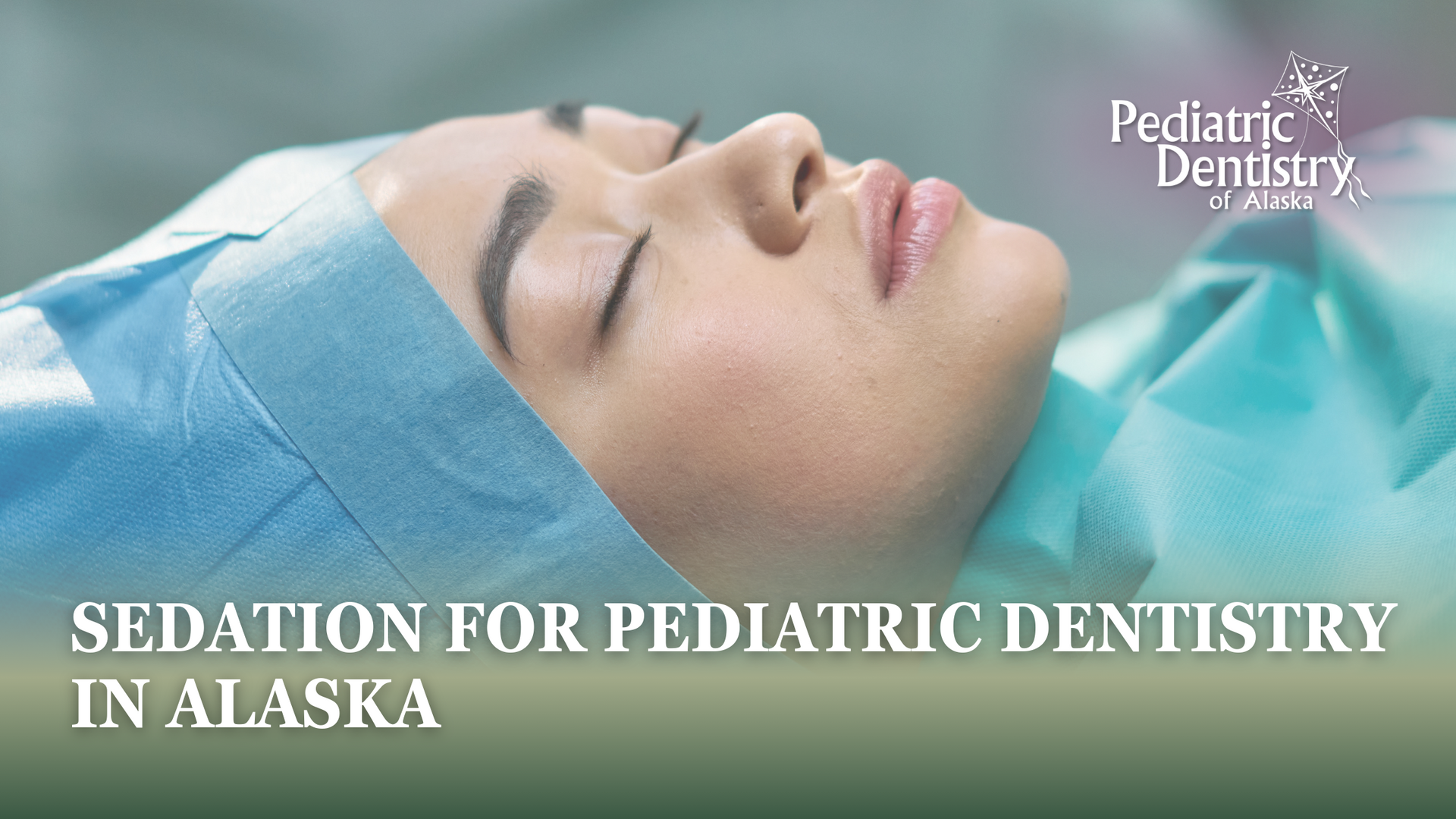
Source: Dr. Marketing
Pediatric dentistry often involves various techniques to ensure children feel comfortable and calm during dental procedures. Sedation can help alleviate anxiety and fear, making it easier for kids to undergo the necessary dental treatments. At our dental practice, Pediatric Dentistry. of Alaska, we prioritize your child’s comfort and will walk you through the whole dental sedation process.
What is pediatric dental sedation?

Pediatric dental sedation involves using medication to help children relax or alleviate anxiety during dental procedures. It is used for many reasons, including:
Special needs
For children with special needs, sedation can be beneficial for both the dentist and the child. This can be especially helpful during dental procedures when a child isn’t cooperating.
Complex dental procedures
For lengthy or intricate treatments that may cause discomfort for kids, sedation can be a good option. This allows them to relax, especially for longer periods of time.
Reducing anxiety
Some kids may feel scared when they visit our dentists especially in the beginning. Pediatric sedation can help calm their nerves and make them feel more comfortable.
Is dental sedation safe for kids?
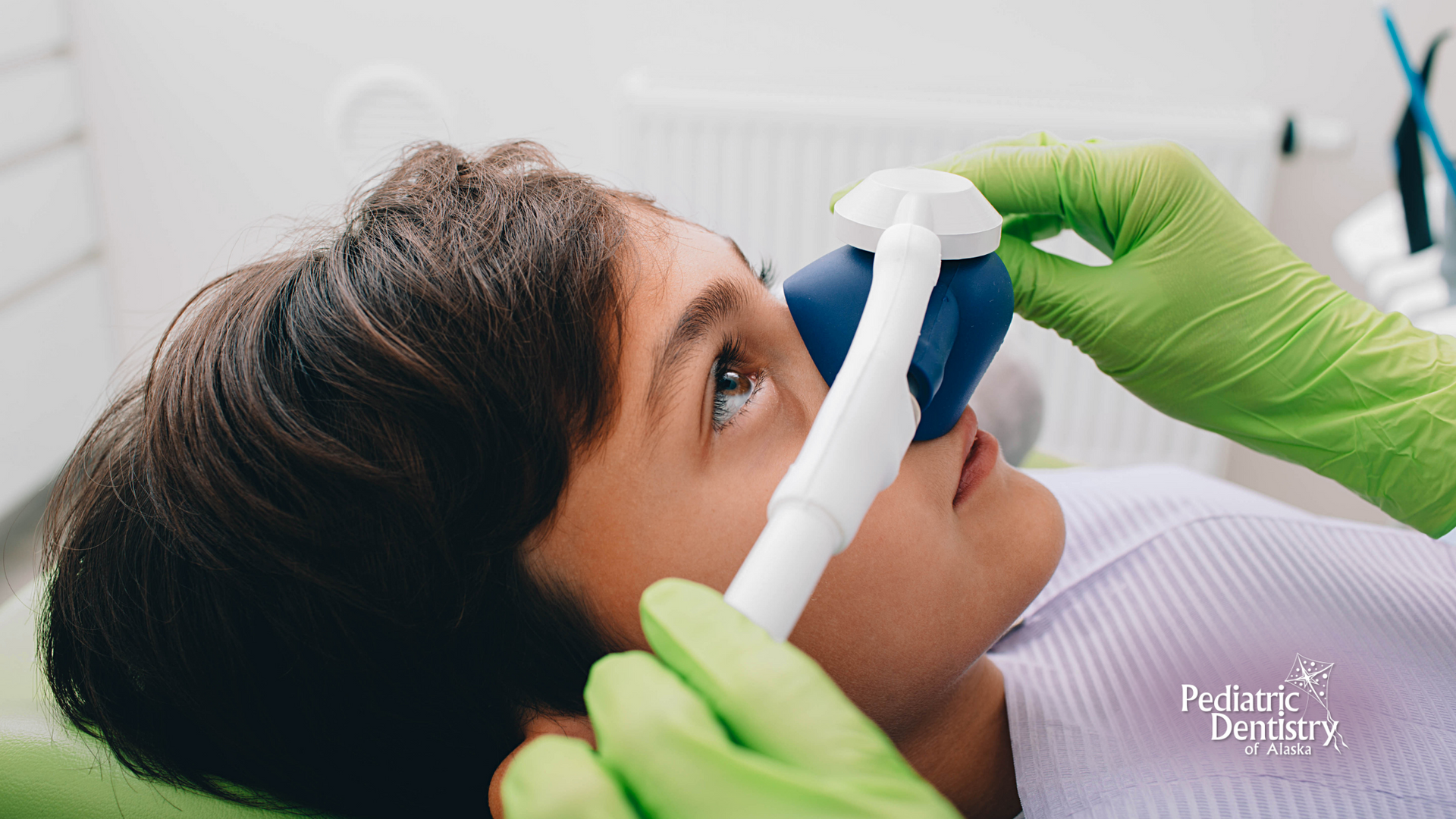
When dental sedation is administered correctly by one of our trained and experienced pediatric dentists while following established guidelines and protocols, it is generally considered safe for children. However, there are some safety factors to be aware of as a parent:
Medical history assessment
Our pediatric dentists will evaluate your child’s medical history before considering any form of sedation. This includes allergies, existing medical conditions and any medications your child may be taking.
Proper sedation dosage
Sedation should be administered in the appropriate doses by professionals trained in pediatric sedation techniques.
Parental involvement
When it comes to pediatric sedation, it is important that parents or guardians are informed about sedation procedures and any risks that come with it. If your child needs sedation for any oral procedures, make sure they follow pre and post-sedation instructions to ensure safety and well-being.
Kids with Special Needs and Dental Sedation

Pediatric sedation plays an important role in dental care for children with special needs. It ensures these kids receive the necessary dental treatments comfortably and safely. Special needs can encompass various conditions like autism spectrum disorders, Down syndrome, cerebral palsy, developmental delays, sensory processing disorders and more. Here are some ways dental sedation is beneficial for these cases:
- Reduced anxiety
- Increased cooperation
- Facilitates care from the dentist
- Tailored dental approach
- Ensures safe practices
Benefits of Sedation Dentistry
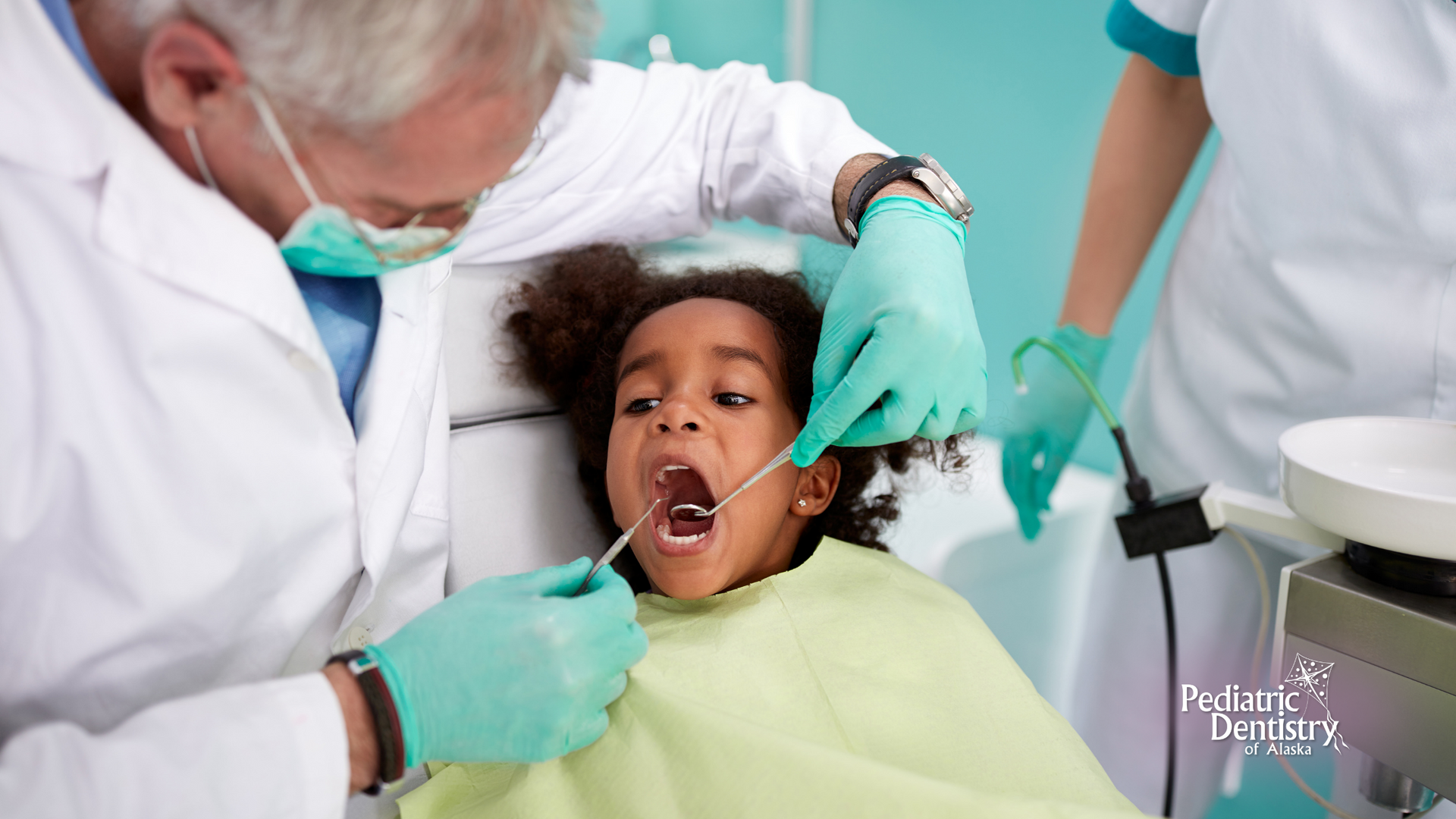
Sedation dentistry provides benefits for both the kids and our pediatric dentists. It allows dentists to do their best work more freely and efficiently. Because some sedatives can produce an amnesiac effect, kids won’t remember the treatment at all – which can help them overcome any fears they have when they visit our dental practice, Pediatric Dentistry of Alaska in Wasilla and Palmer.
Types of Dental Sedation for Children in Alaska
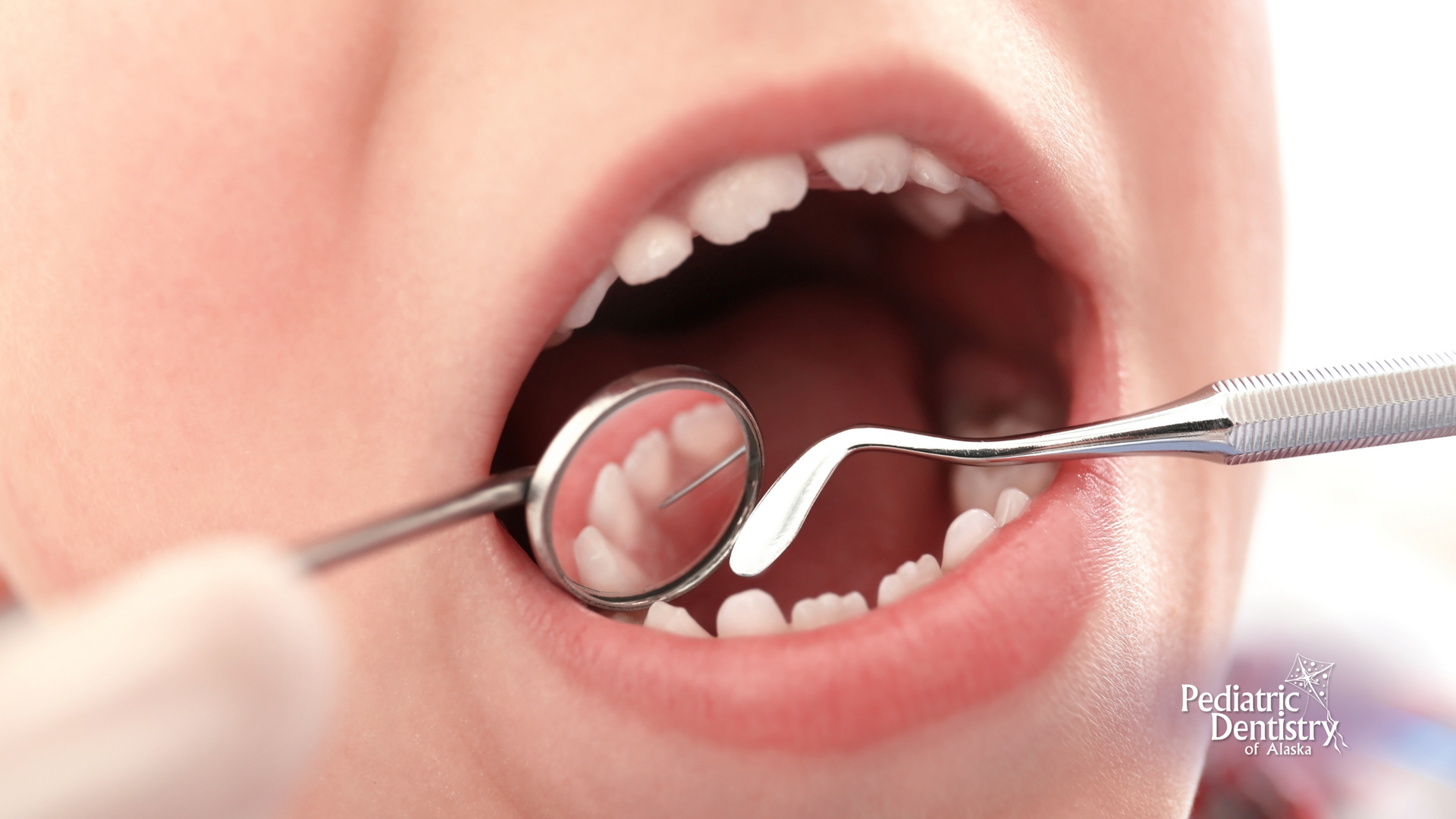
There are a few different types of dental sedation to be aware of. These range from mild sedation to general anesthesia. The types of sedation for kids can include:
Nitrous oxide
This type of sedation is on the more mild and safe side. It’s inhaled through a mask that’s placed over your child’s nose, which induces relaxation and reduces anxiety. It’s one of the safest and most common sedation methods for children.
General anesthesia
This sedative induces a state of unconsciousness for your child – meaning they’ll be fully asleep and unaware of what’s happening during their dental procedure. It’s usually administered in a hospital and is used for more serious treatments or children with special needs or severe anxiety.
Oral conscious sedation
With this type of sedative, our pediatric dentists will prescribe medication in either a liquid or pill form right before your child’s dental procedure. During this process, kids will be awake and conscious. However, they may fall asleep, depending on how they respond to the sedative.
Intravenous (IV) sedation
Intravenous sedatives are less common and are usually used for more complicated dental procedures or for kids who require higher levels of relaxation. This type is administered through your child’s vein, which allows for a deeper sedation.
Treatments That Require Dental Sedation

Some pediatric dental treatments may require a sedative for your child. This is based on individual needs and the complexity of the procedure. Some treatments where sedation may be required for kids include:
- Multiple dental fillings: If your child has multiple cavities, they may need a sedative to help them relax during the procedure.
- Tooth extractions: If your child needs an extraction, sedation can help them stay calm and cooperative.
- Special needs dentistry: If your child has special needs and has difficulty staying still and cooperating during dental procedures, then one of our dentists at Pediatric Dentistry of Alaska can provide them with a mild sedative.
- Complex cleanings: For kids with excess plaque build-up or periodontal issues, sedation may be an option to ensure they’re comfortable during cleaning procedures.
How to Help Your Child Through the Dental Sedation Process
By knowing about the different types of sedatives and how to prepare for them, you will feel more confident about the dental treatment – which in turn, will make your child more confident. Our pediatric dentists at Pediatric Dentistry of Alaska in Wasilla and Palmer will communicate your pre and post-sedative rituals to ensure everything runs smoothly.
If there are any special requirements or conditions that affect the sedation process, make sure to disclose this information beforehand. For example, if your child has a stuffy nose or cold, dentists won’t be able to provide laughing gas to your child through a face mask. When the sedation process is taking place, you can stay with your child until the sedative takes effect.
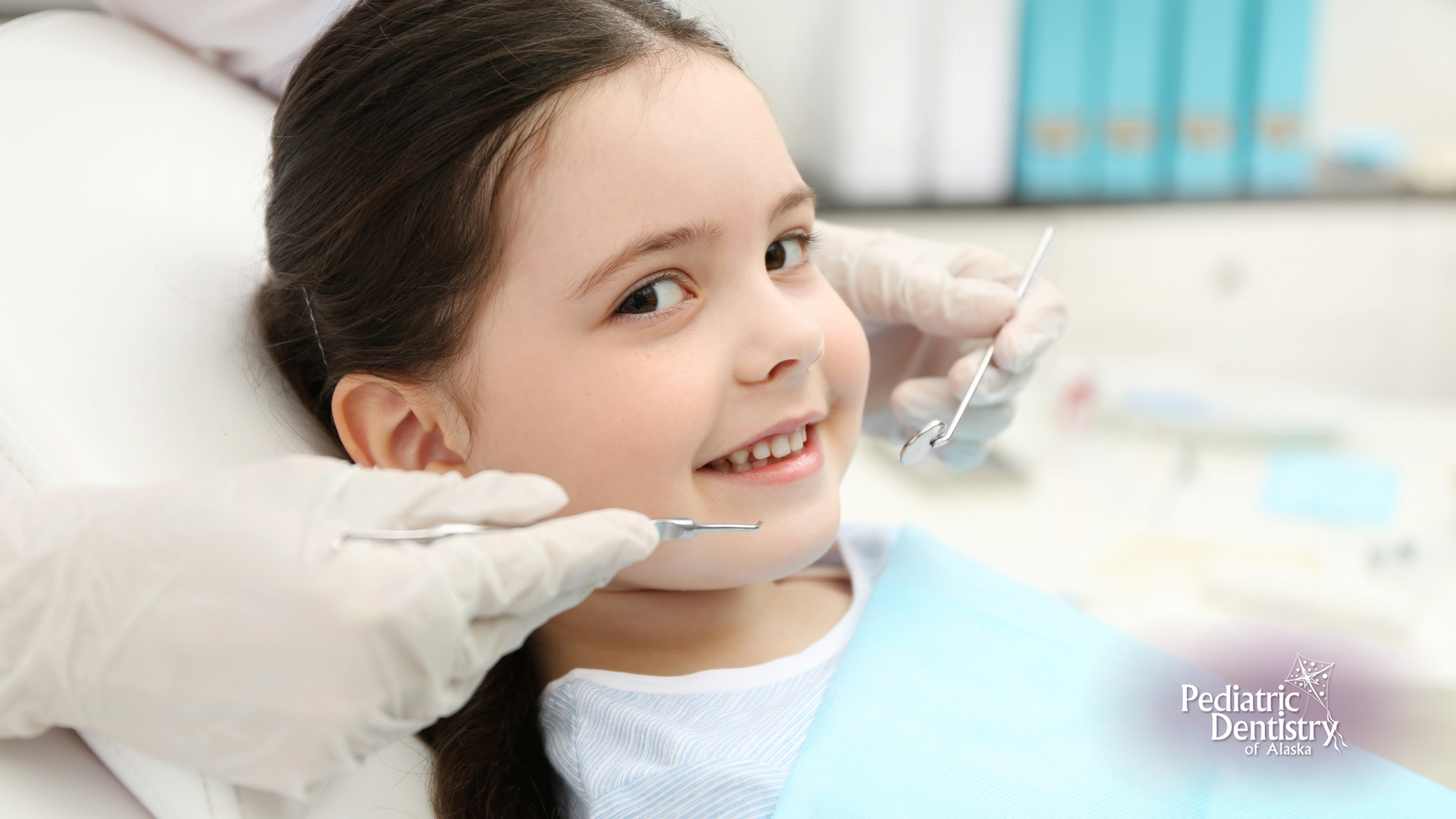
When considering the use of sedatives for pediatric dental treatments, it's important to take into account a variety of factors, including your child's age, medical history, anxiety levels, and the complexity of the dental procedure. Our experienced pediatric dentists in Pediatric Dentistry of Alaska in Palmer, Alaska and Wasilla, Alaska understand the significance of these factors and work closely with you to determine the most suitable approach that prioritizes your child's comfort and safety. We are dedicated to providing personalized care and ensuring that your child's dental experience is as stress-free as possible.
